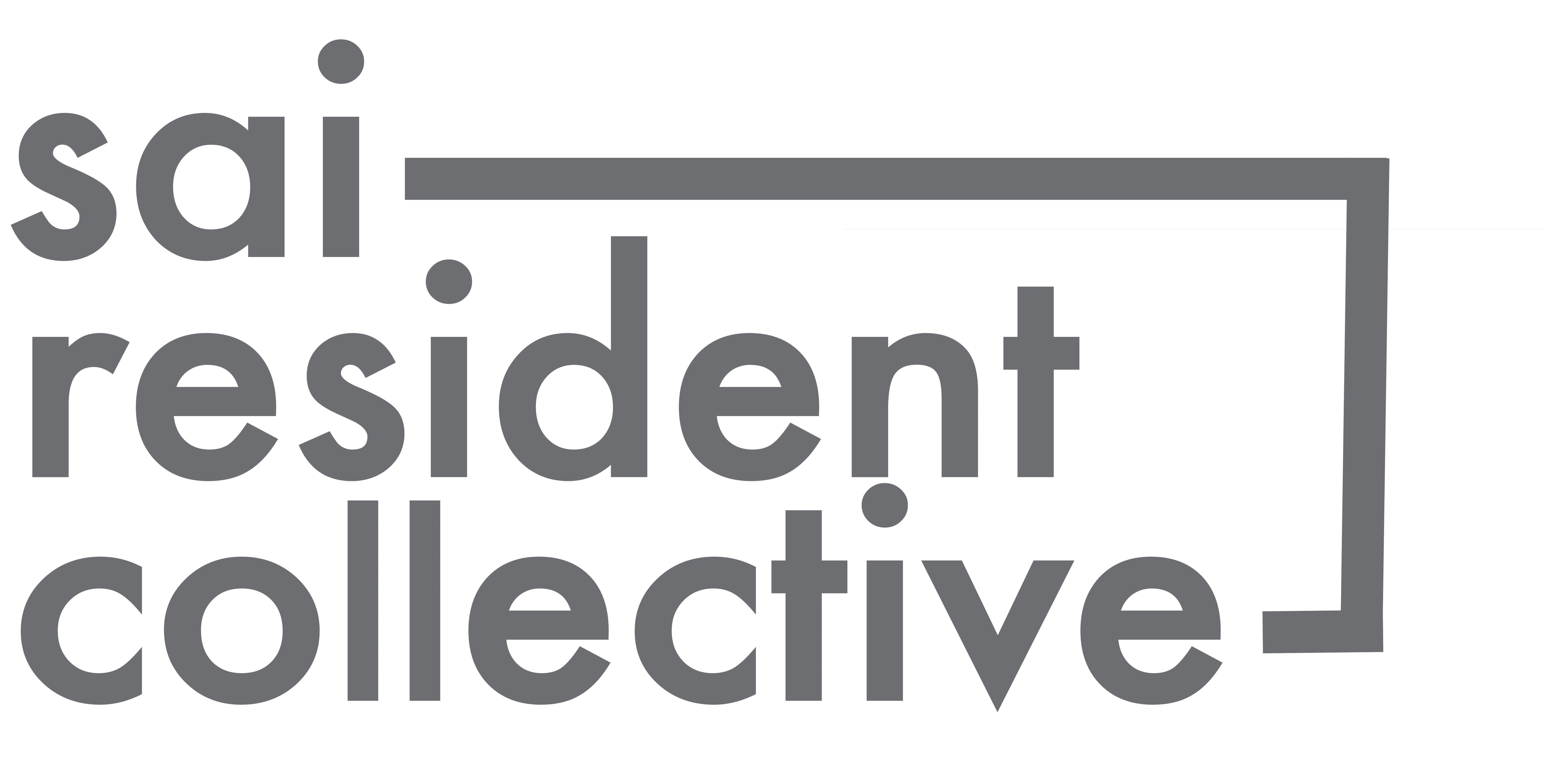- March 3, 2016
- Posted by: Team SAi
- Category: Advocacy

by Ngobitak Ndiwane – Margaret E. Mahoney Fellow at the New York Academy of Medicine –
Despite the fact that I knew I wanted to become a health care provider since middle school, I never understood the specifics of social health care programs such as Medicaid and Medicare until I was a sophomore in college taking a class called “American Health Care.” As I sat in this class every week, I would hear terms like “deductible, copayment, HMO, and PPO” described in heavy detail, and I would struggle to scribble down as many notes as possible. Many of these terms I had heard before, but never bothered to research their meanings on my own. The class supplied a whirlwind of health information that I would not know if I had not enrolled in this class as a requirement for my public health major. If I had majored in a hard science such as Chemistry, Biology, or Neuroscience, I most likely would have never taken this class and learned this essential health care terminology.
Though STEM education at universities places heavy emphasis on the basic sciences, didactic curricula often do not promote health literacy for students interested in becoming future health care providers or health researchers. Classes such as general chemistry, organic chemistry, biology, and physics provide the foundation needed for students to learn some of the more advanced topics covered in the first two years of health professional schools. However, when it comes down to the skills and terminology necessary to become a culturally competent health care provider, many of these students are left in the dark.
The current state of health care in the United States is very complex, and my undergraduate experience has left me wondering about what is the best way for science-inclined people to learn about making policies and laws. The Patient Protection and Affordable Care Act of 2010 defines health literacy as “the degree to which an individual has the capacity to obtain, communicate, process, and understand basic health information and services to make appropriate health decisions” [1].
Health providers and policy makers often talk about the importance of health literacy for patients, but I believe it is just as important for providers and researchers as well. Health literacy skills are vital for people who wish to provide health information and services to others, such as doctors, pharmacists, researchers, and public health workers. By integrating skills in health literacy into STEM curricula, students would be able to learn how to help people find health information and services, communicate about healthcare, and decide which information and services work best for different people and situations [1].
Scientists have a responsibility in evaluating the broader implications of their research and assessing how it can lead to change on a global scale. In order for this to happen, they need to learn how to best communicate their research findings to the lay community so that the implications of their research can be properly and easily understood. Even though the greater implications of research may not be a huge focus in undergraduate STEM curriculums, students should try to always keep in mind how knowledge can be applied in their future careers and as a service to the greater population. Scientists should do their part in redefining health literacy by constantly thinking about future implications of policies and research. By spending more time focused on the global implications of their work, scientists and other health professionals will be able to better anticipate and address the public’s concerns and reactions to new technology and health information.
REFERENCES
1.”Learn About Health Literacy.” Centers for Disease Control and Prevention. Centers for Disease Control and Prevention, 30 Sept. 2015. Web. 20 Mar. 2016. http://www.cdc.gov/health
